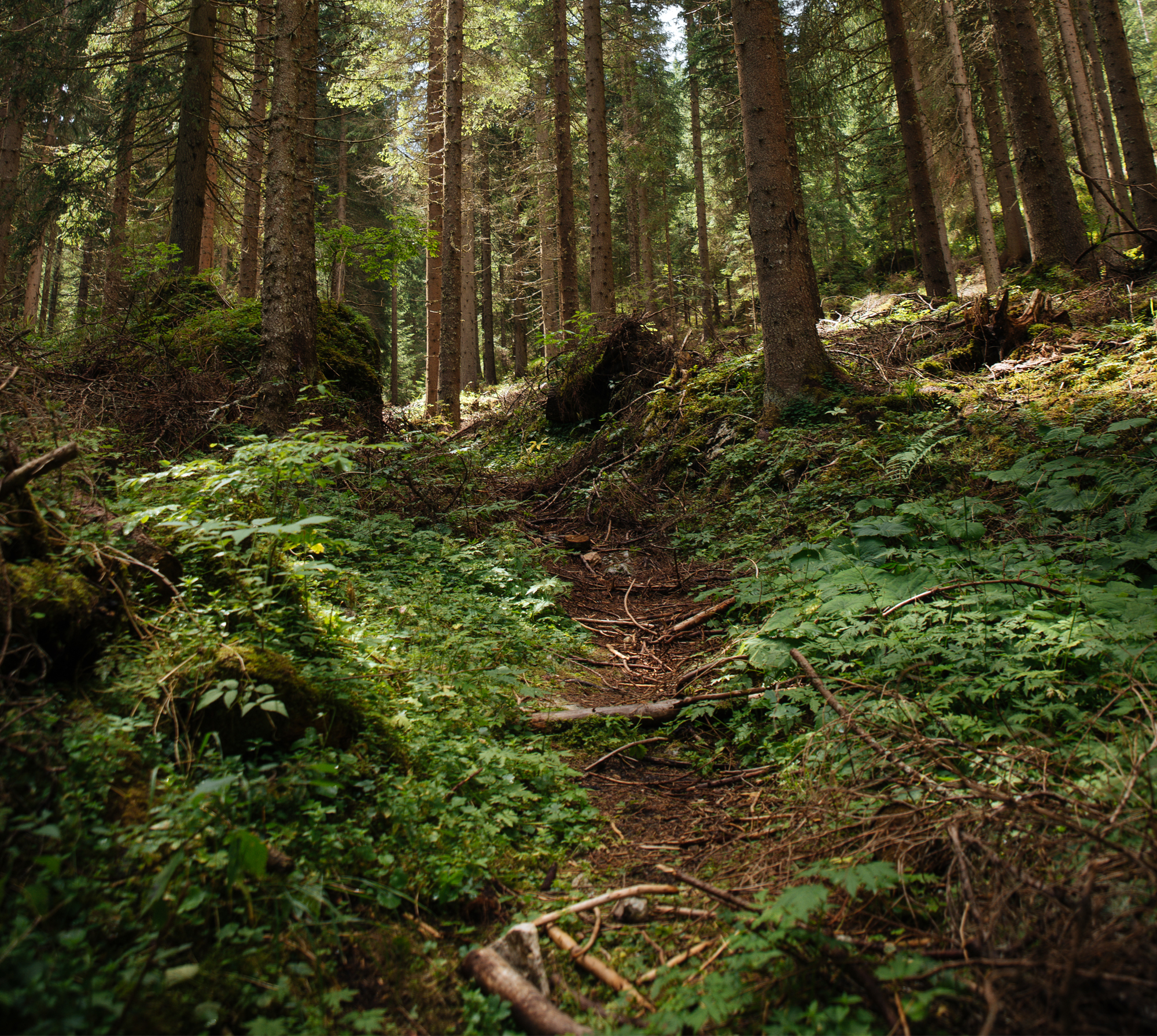
Genetic identification of fungi colonising seedlings of the Scots pine (Pinus sylvestris L.) in the forest nursery in Korenevka (Belarus)
Autorzy
-
Oleg Yu. Baranov
Laboratory of Genetics and Biotechnology, Forest Institute of Belorussian National Academy of Sciences
Proletarskaya Street 71, 246001 Homel, Belarus
tel.: 375 232 746902, fax: 375 232 747373
e-mail: betula-belarus@mail.ru -
Tomasz Oszako
Department of Forest Pathology, Forest Research Institute
Braci Leśnej Street 3, Sękocin Stary, 05– 090 Raszyn, Poland -
Justyna A. Justyna A. Nowakowska
Department of Forest Genetics and Tree Physiology, Forest Research Institute
Braci Leśnej Street 3, Sękocin Stary, 05–090 Raszyn, Poland -
Stanislav V. Panteleev
Laboratory of Genetics and Biotechnology, Forest Institute of Belorussian National Academy of Sciences
Proletarskaya Street 71, 246001 Homel, Belarus
Abstract
DNA amplification was investigated in order to determine fungal species present in the Koronevka forest nursery (eastern part of Belarus). For this purpose, needles and roots of Scots pine (Pinus sylvestris L.) seedlings as well as soil collected around roots were examined for ITS1– 5.8S RNA-ITS2 region sequences and compared with GenBank data. DNA analysis of seedlings microflora and soil samples allowed identification of twelve different species of fungi. Among these Cladosporium herbarum Link, Davidiella tassiana Crous and U. Braun, Alternaria alternata Nees and Cryptococcus pinus Vuill. were often found in symptomatic needles. Pathogenic fungal species were detected in 57% of shrunken needles. Examination of DNA extracted from seedling roots revealed occurrence of Wilcoxina mikolae Chin S. Yang and Korf, C. herbarum, and A. alternata. In soil samples there were identified fungi of the same species, with predominance of mycorrhizal fungus W. mikolae (in 100% of samples) and C. pinus (in 20% of samples). The results demonstrated usefulness of molecular markers for the detection and identification of fungi.
| DOI | |
|---|---|
| Source | Folia Forestalia Polonica, Series A – Forestry |
| Print ISSN | 0071-6677 |
| Online ISSN |
2199-5907 |
| Type of article |
short communication |
| Original title |
Genetic identification of fungi colonising seedlings of the Scots pine (Pinus sylvestris L.) in the forest nursery in Korenevka (Belarus) |
| Publisher | The Committee on Forestry Sciences and Wood Technology of the Polish Academy of Sciences and the Forest Research Institute in Sekocin Stary |
| Date | 19/03/2010 |

